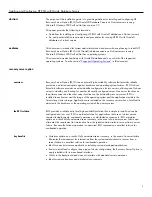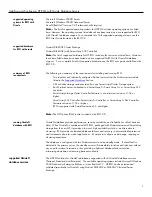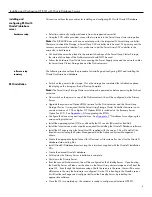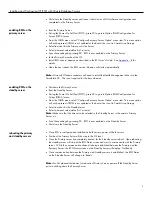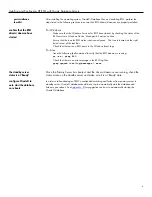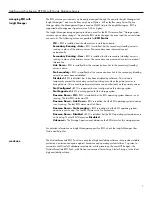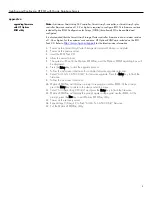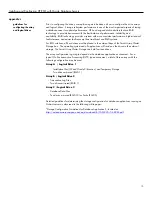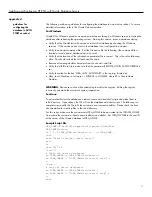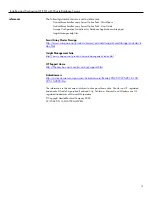
Installing and Configuring HP RSO with Oracle Database Servers
10
appendix c
guidelines for
configuring the array
and logical drives
Prior to configuring the drives, some planning must be done on how to configure the drive arrays
and logical drives. Storage subsystem performance is one of the most important aspects of tuning
a database server for optimal performance. HP has designed disk controllers that use RAID
technology to provide businesses with the best balance of performance, reliability, and
availability. RAID technology provides a system with more consistent performance, higher levels of
fault-tolerance, and easier fault-recovery than traditional non-RAID systems.
For RSO solutions, all hard drives must be placed in the external bays of the
Smart Array
Cluster
Storage box. The operating system and all applications will reside on the drives in the external
storage. The
Smart Array
Cluster Storage can hold fourteen drives.
The array configuration is going to depend on the database application environment. For a
typical On-line transaction Processing (OLTP) type environment, a total of three arrays with the
following configuration may be used:
Array A / Logical Drive 1
−
Installation files (OS and Oracle9
i
binaries), and Temporary Storage
−
Two drives mirrored (RAID 1)
Array B / Logical Drive 2
−
Transaction Log Files
−
Two drives mirrored (RAID 1)
Array C /Logical Drive 3
−
Database Data Files
−
Ten drives mirrored (RAID 10) or Parity (RAID 5)
Detailed guidelines for determining the storage configuration for database applications running on
ProLiant
servers is discussed in the following white paper:
“Storage Configuration Guidelines for Database Applications”, located at:
http://activeanswers.compaq.com/aa_downloads/6/100/225/1/48281.pdf


